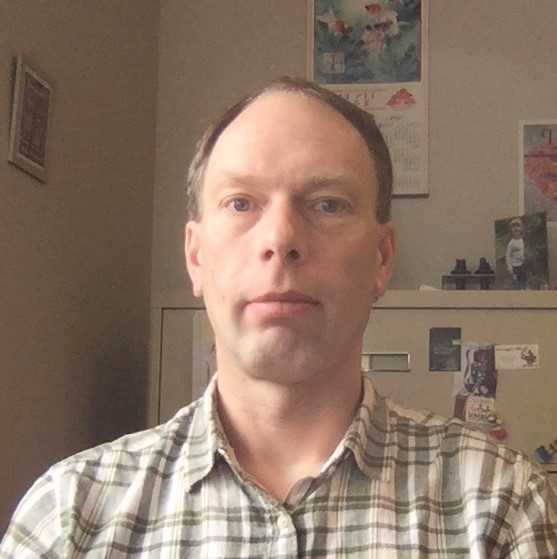Invited Speaker Spotlight: Marc-Jan Gubbels

About the Speaker
 Marc-Jan Gubbels received his Ph.D. at the University of Utrecht, the Netherlands, on diagnostics and vaccines for tick-transmitted Theileria and Babesia parasites of cattle. He then came to the CTEDG for a post-doc with Dr. Boris Striepen on Toxoplasma gondii. In 2005, he transitioned into an independent faculty position at Boston College and continued working on Toxoplasma. His lab is using and developing forward, reverse and functional genetic tools using enzymatic as well as fluorescent protein reporter assays in combination with cell sorting and fluorescence microscopy to learn more about the parasite’s cell biology.
Marc-Jan Gubbels received his Ph.D. at the University of Utrecht, the Netherlands, on diagnostics and vaccines for tick-transmitted Theileria and Babesia parasites of cattle. He then came to the CTEDG for a post-doc with Dr. Boris Striepen on Toxoplasma gondii. In 2005, he transitioned into an independent faculty position at Boston College and continued working on Toxoplasma. His lab is using and developing forward, reverse and functional genetic tools using enzymatic as well as fluorescent protein reporter assays in combination with cell sorting and fluorescence microscopy to learn more about the parasite’s cell biology.
Marc-Jan Gubbels’s Talk
Dr. Gubbels will give the following talk at 4:25 pm.
Of the Toxoplasma gondii Basal Complex Proteome: Cell Division, Apical Annuli and Beyond
Klemens Engelberg1, Suyog Chavan1, Tyler Bechtel2, Victoria Sánchez-Guzmán1, Allison Drozda1, Eranthie Weerapana2 and Marc-Jan Gubbels1
1Department of Biology, Boston College, Chestnut Hill, MA, 2Department of Chemistry, Boston College, Chestnut Hill, MA
Toxoplasma gondii replicates by an internal budding mechanism producing two daughter parasites per division round. Budding is driven by cortical cytoskeleton assembly and concludes with the actions of the basal complex (BC). Although the BC is reminiscent of the contractile ring in higher eukaryotes, its composition, mechanism and controls differ substantially. To deepen our insights in this unusual cytokinesis apparatus, we dissected its proteomic composition by reciprocal proximity-dependent biotinylation experiments (BioID). This identified numerous undefined proteins, several of which with critical roles in cell division, next to hints at multiple phosphorylation-based controllers. Next, we assembled a protein-protein interaction network using interaction probability predictions, which defined several sub-complexes as well as protein hubs connecting the complexes. Furthermore, temporal resolution across the budding process revealed components uniquely associated with BC initiation, its expansion and, surprisingly, its mature phase, hinting at functions beyond cell division. Serendipitously, some of the BC proteins were also present in the enigmatic apical annuli, which comprise 5-6 donut shaped structures toward the basal end of the cytoskeleton. Assessment of the annuli resolved their architecture and provided hints toward a function in internal budding, thereby highlighting an underappreciated aspect of cell division.
More information about the Molecular Parasitology & Vector Biology Symposium and the schedule of presentions are available on our website. The deadline to register for the symposium is April 24.
